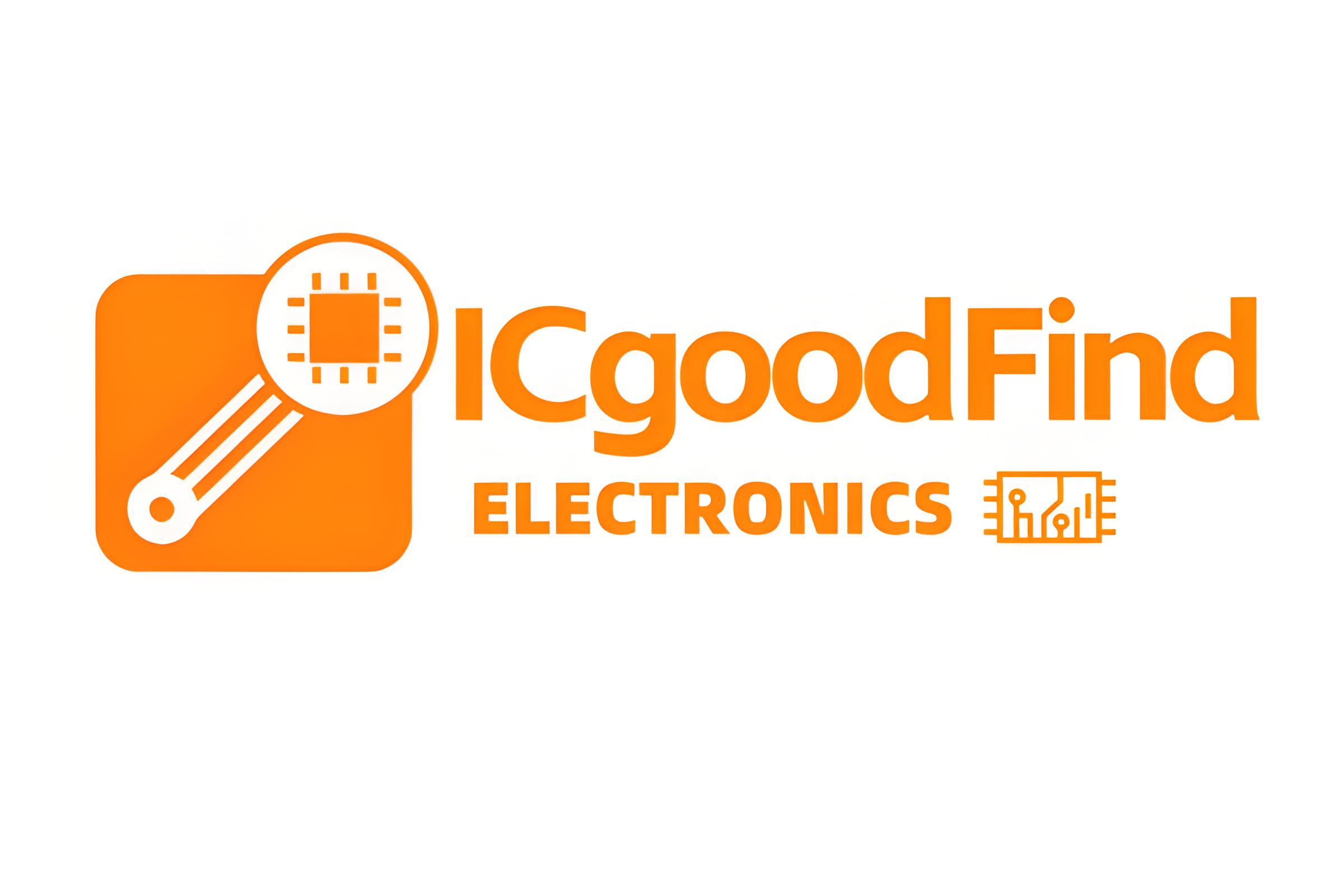A Bill of Materials (BOM) is a comprehensive list of all components, raw materials, subassemblies, and parts required to manufacture a product, along with their quantities, specifications, and relationships. Serving as a critical blueprint for production, BOMs streamline manufacturing processes, inventory management, and cost tracking across industries such as electronics, automotive, aerospace, and consumer goods.
A structured BOM typically includes:
-
Part Numbers: Unique identifiers for each item, ensuring accurate tracking and ordering.
-
Descriptions: Detailed specifications (e.g., size, material, model) to avoid confusion between similar parts.
-
Quantities: The exact number of each item needed per finished product.
-
Unit of Measure: Metrics like pieces, kilograms, or meters to standardize ordering and inventory.
-
Cost Information: Individual and total costs of components to calculate production budgets.
-
Hierarchy: Relationships between parent items (e.g., a circuit board) and child items (e.g., resistors, capacitors) for complex assemblies.
-
Engineering BOM (EBOM): Created by design teams, it focuses on the product’s functional structure, including CAD models and design specifications.
-
Manufacturing BOM (MBOM): Used on the production floor, it details assembly steps, alternate parts, and production processes.
-
Configurable BOM (CBOM): For customizable products, it allows selection of different components (e.g., colors, features) based on customer orders.
-
Service BOM (SBOM): Lists parts needed for repairs or maintenance, aiding after-sales support and spare part management.
-
Design and Development: EBOMs guide engineers in prototyping, ensuring all required parts are accounted for during testing.
-
Production Planning: MBOMs help manufacturers schedule assembly, allocate resources, and avoid delays due to missing components.
-
Inventory Management: BOMs enable accurate stock tracking, preventing overstocking or shortages of critical parts.
-
Cost Control: By itemizing component costs, BOMs support budgeting, pricing strategies, and cost-reduction efforts.
-
Compliance and Traceability: In regulated industries (e.g., medical devices, automotive), BOMs document material origins to meet safety and quality standards.
Modern businesses use BOM software integrated with ERP (Enterprise Resource Planning) or PLM (Product Lifecycle Management) systems to automate updates, share data across teams, and reduce errors from manual entry. Cloud-based BOM tools also facilitate collaboration between global suppliers, manufacturers, and design teams.
Essential to efficient production, a well-maintained BOM ensures consistency, reduces waste, and accelerates time-to-market for products, making it a foundational element of successful manufacturing and supply chain management.
